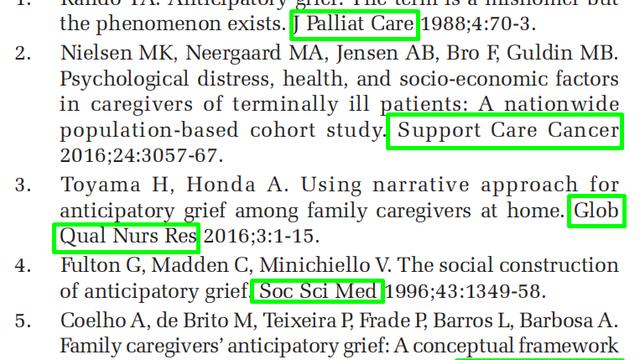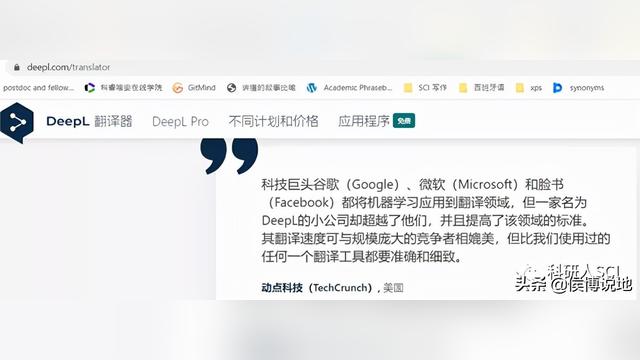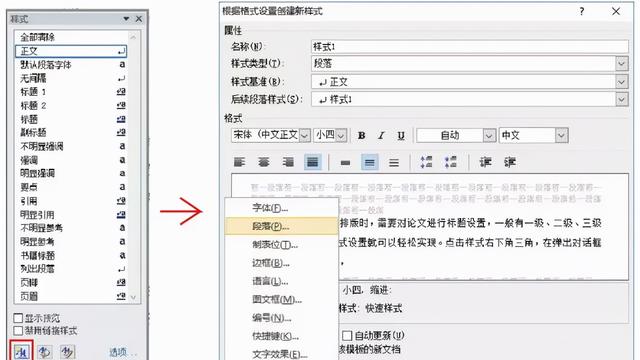SCI论文写作重点——摘要
摘要在一篇文章中占有举足轻重的位置,很多情况下读者仅仅浏览一篇文章的摘要部分。因此,摘要应包含文章的精华内容。
摘要应放在一篇文章的最后撰写。
所有摘要都有版面或字数的限制。
摘要应包括:
文章的成果概述。
取得这些成果所需的实验、研究、推导或模拟过程的列举。
文章对于科技进步可能带来的直接影响。
简短的陈述句。
摘要应避免:
实验细节。
正文中未提到的内容。
未经证实的推断。
长句。
 易辑编译SCI
易辑编译SCI
How to write a good abstract
Abstracts are the single most important part of your manuscripts. Often, other researchers will only read your abstract. Therefore, they must contain all the important details of the paper.
Your abstract should be the last portion of the paper you finish writing. It is somewhat weird for me to say this, because I do not personally believe that there is any set order of writing that is clearly superior to others. However, because the abstract MUST contain all the major points from the other sections of the paper it is important to finalize these sections before making a final review of the abstract.
All abstracts have space or word limits. This is because their purpose is to save the time of researchers. This achieved in two ways. They help researchers determine if they have interest in your paper or the expertise to understand it without forcing them to read the entire paper. They will not be able to do this if your abstract is as long as the paper!
What should abstracts contain?
- A summary of the results of the paper. This is most important item. This means tell the reader what new science you have contributed in abstract.
- A list of the experiments, studies, derivations, or simulations that were performed to obtain these results.
- Any direct consequence your work might have on other science or technology.
- Short declarative sentences. Short declarative sentences are easy to understand. Consequently, they convey information quickly and accurately, which is the goal of an abstract.
What should be avoided in and abstract?
- Experimental details. The methods, theories, or simulations used should be listed, but do not list experimental parameters or give details about machinery, technical equipment, simulation methods, or theoretical foundations.
- Content not addressed in the paper. Keep the abstract focused on the content of the paper. If you don't talk about in the paper don’t talk about it in the abstract. Try not to focus on work outside your paper, and when you do mention outside work it should be only to show the reader why your work is important. In addition, don’t list possible Applications that are not justified by the content of your main text.
- Unsupported speculation. The abstract should be a factual report. All of the content of the abstract should be directly supported by results of your work or inferences based on your work and a reference.
- Long sentences. A reader with sufficient background knowledge should be able to understand what you did on the first read through of your abstract. Long or complex sentences can often force the reader to reread the sentence many times before they understand it. In many cases, the reader will simply stop reading your paper.






















